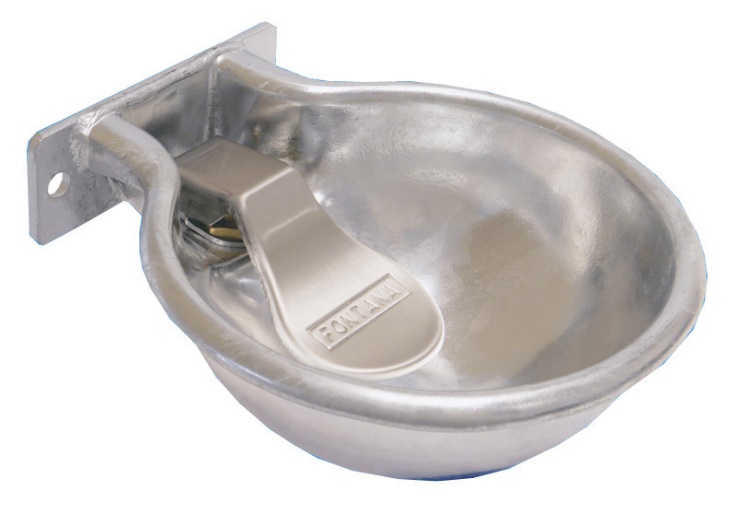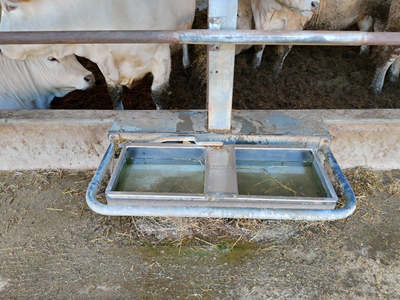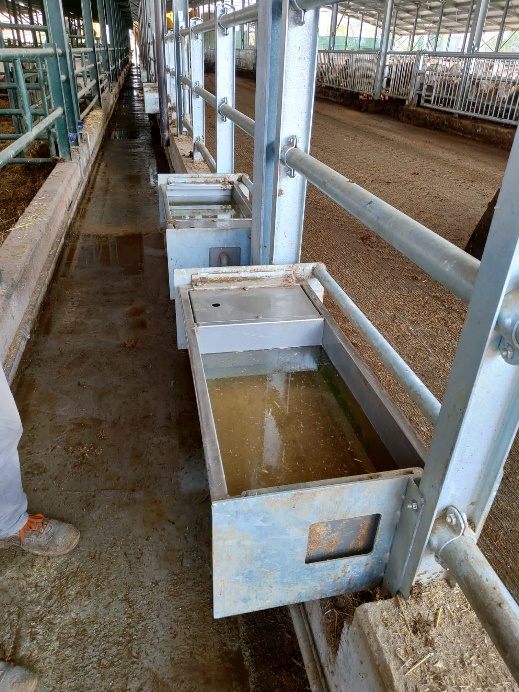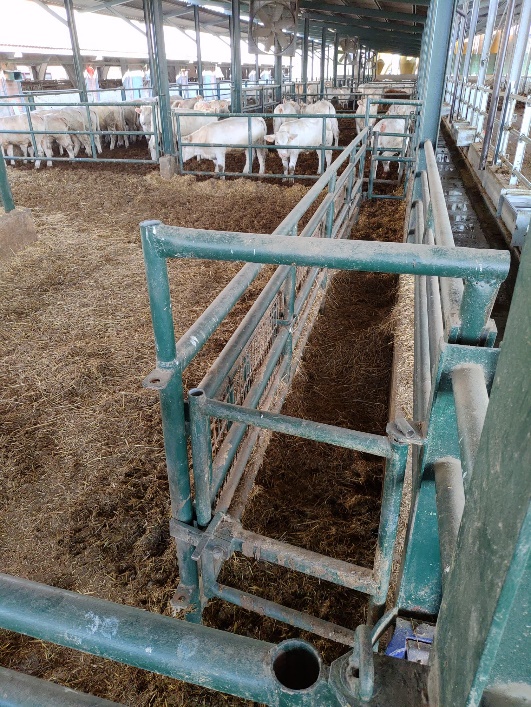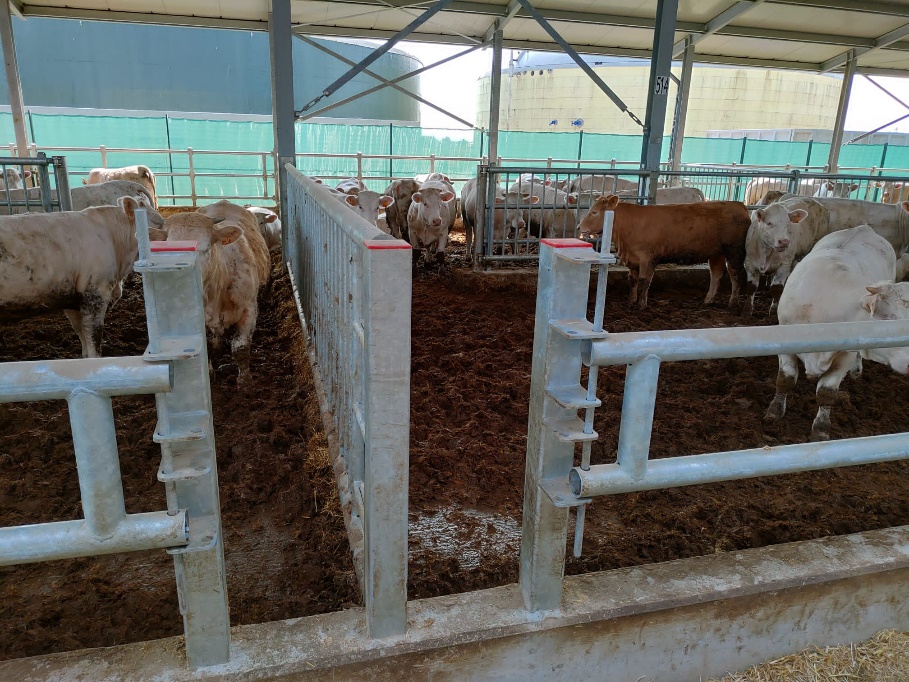Introduction to the challenge addressed The Italian beef production system is characterized by the import of young bulls and heifers, mostly from France but also from Ireland or Eastern Europe. Animals in the origin country are often reared on pasture and after their arrival in Italy, they are stressed by the long travel and they have to be adapted to new environment and prepared to a high-concentrate diet. This initial phase (adaptation/quarantine phase) is critical and it is very important for health and welfare of the animals during the fattening phase and for the entire successful of the production system. Three beef farms located in the North of Italy were involved in the survey: 1) one farm in Padova province fattens around 330 French Limousine bulls and heifers, 2) the second farm in Treviso province breeds[vDK2] 288 French Limousine bulls and heifers and 3) the third farm in Alessandria province fattens[vDK3] around 7,000 French animals, mostly Limousine breed. | |||||
| |||||
Description of Innovation To guarantee beef cattle welfare during the fattening phase, the farmers pay much attention on the adaptation/quarantine phase (right after the arrival of the animals at the farm until the allocation to the finishing pens). On the day of arrival from France, bulls were housed in large deep litter pens allocated in a dedicated building separated from the fattening barns where they were fed a high forage diet for an adaptation period of at least 15 days. Between two consecutive batches of animals, the farmers sanitise the area completely and remove the old bedding material and renew it. For the routine vaccinations made after arrival, farmers adopted fixed or transposable movement alleys to safeguard bulls and workers' health. If needed, also individual cages are used for treatments and weighing of animals. Great attention is also paid to the amount and the quality of bulls’ water intake during this initial phase. Especially during summer, collective troughs (instead of individual drinkers) allow the animals to drink a greater amount of water. During winter collective drinkers can be equipped with heating systems. Individual drinkers have a lower risk to get dirty; the risk of too little water capacity can be prevented by a new efficient and easy water delivery system.[vDK4] Placement of the drinkers outside of the pen can also decrease the risk for contamination with faeces. | |||||
| |||||
Impact on farm performance With these several strategies, farmers are able to guarantee a satisfied health status of the animals, reducing common pathologies due to stressful conditions during transport from France to Italy (respiratory and locomotor disorders, dehydration, etc). The separation of new animals from those in the finishing phase helps to increase biosecurity in the herd and thus reduce the use of medicines for treatments. Consequently, the correct management of the adaptation phase also allow bulls to improve their growth performance during the finishing period. | |||||
| |||||
Audio-visual material
Individual traditional drinker and individual high capacity drinker
Collective drinkers, outside the pen and inside a movement alley
Animal movement alley and security exit for operators
| |||||
| |||||
Farmer comment (for Good Practices) “The care of the adaptation phase is a crucial point for a successful fattening of the bulls” | |||||
| |||||
Further information Brscic et al. 2018. Risk factors associated with beef cattle losses on intensive fattening farms in Austria, Germany and Italy. The Veterinary Journal. 239, 44-53. https://doi.org/10.1016/j.tvjl.2018.08.002 | |||||
|
